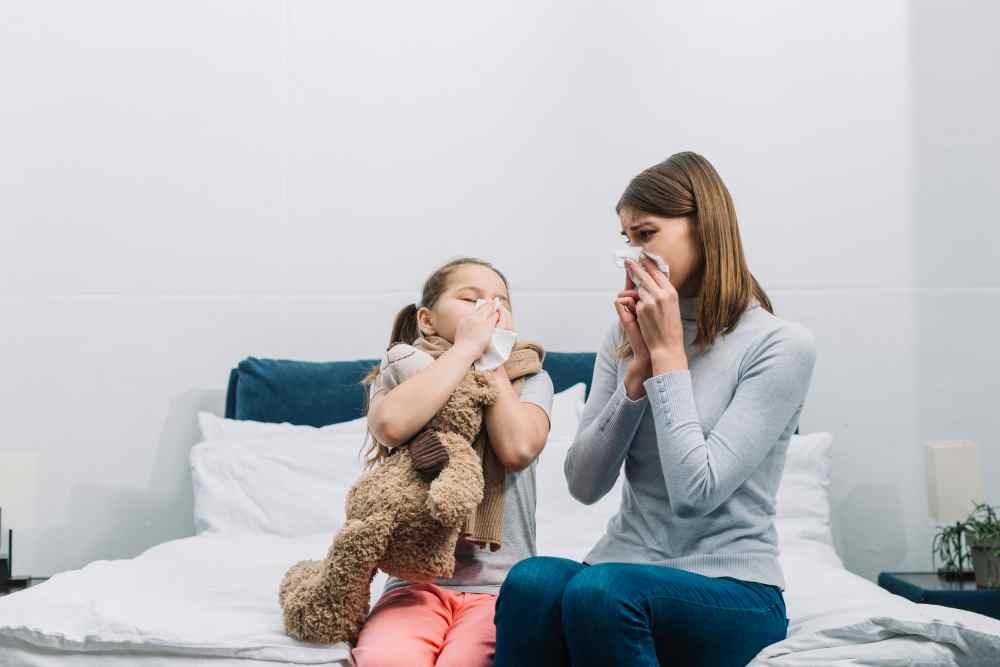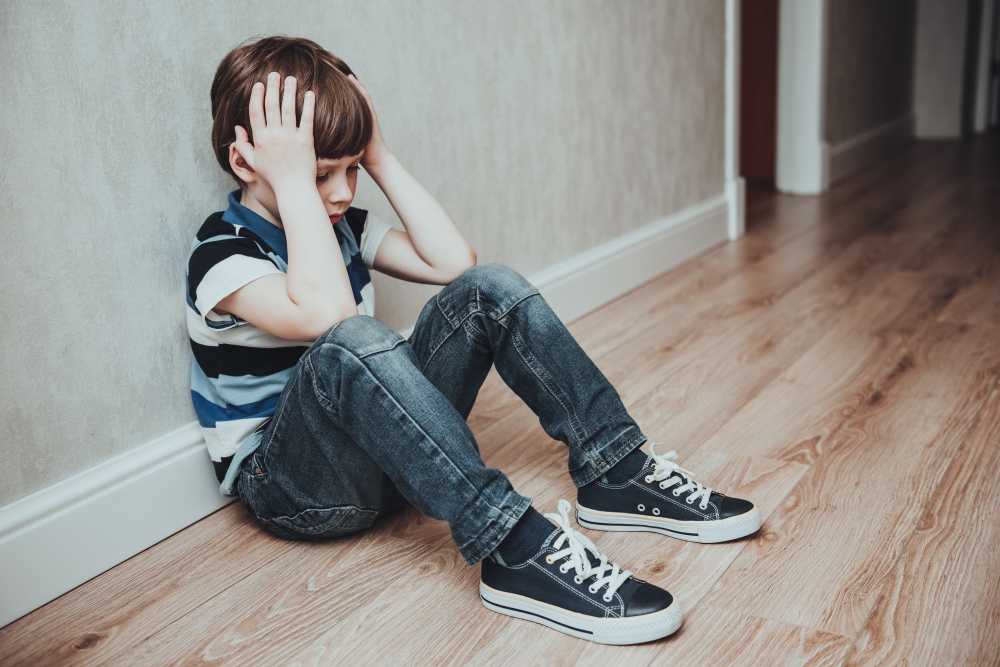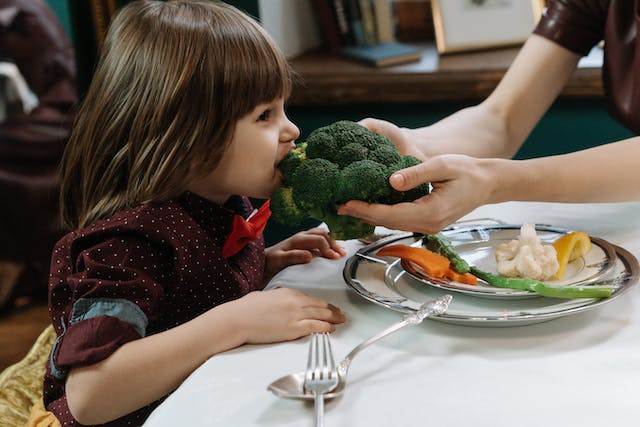Both adults and kids are prone to allergies. However, indoor allergies are extremely common and quite prevalent in kids. Whether the monsoons have led to mold formations in your house or you’re a lover of animals and have a lot of pets, many factors can lead to indoor allergens that cause a lot of problems for you and your children. So if you’re wondering what the source of your kid’s allergies are, then here’s a guide to help you.
What causes Indoor allergies?
Indoor allergies are extremely common and can get your nose to twitch, your eyes to water and you to sneeze. They can be caused by allergens that are present everywhere. When a person comes in contact with these allergens, it triggers an immune response, leading to sniffling and sneezing. However, many things can cause these allergic reactions.
– Mold – Mold or mildew is a type of fungi that grows in damp areas like bathrooms and basements. These fungi reproduce by releasing tiny spores in the air, which when breathed in by your kids can cause allergic reactions.
– Dust mites – Dust mites are tiny microorganisms that live in the house dust. House dust in turn is a combination of indoor and outdoor dust particles. When inhaled, dust mites can cause episodes of sneezing. They are prevalent in warm, humid environments and can be found under carpets, mattresses, clothes, etc.
– Pet danders – If you’re a lover of pets, you should know that they have pet danders. Pet danders are tiny particles of skin that are shed from animals with fur or feathers. These can cause serious allergic reactions in kids.
How does it affect children?
Children, especially toddlers, touch everything that comes their way. Unlike adults, they do not think before coming in contact with an object, person or a pet. They might touch the walls that are laden with molds or sweep their hands under the carpet without realising it or may play with the pets, unknown to the perils of indoor allergies. That said, children are the most vulnerable and prone to indoor allergies.
Associated symptoms
Indoor allergies, although caused by tiny spores, dust particles and microorganisms, can have multiple symptoms. The allergic reactions can lead to many physical symptoms in kids. Some of them are as follows.
– Runny and stuffy nose
– Cough
– Sneezing
– Itchy, watery eyes
– Rashes
– Shortness of breath
It is important to note that in case of severe allergic reactions, one must seek emergency medical help.
Diagnosis and treatment
Indoor allergies can be diagnosed through some tests. Either you can resort to a skin prick test, where the doctor or the nurse will situate the potential allergen on the skin, then prick it to push it inside. If there is a reaction, the doctor will confirm your condition. Or you can opt for an intradermal test which involves direct injection of a small amount of allergen into the skin. The doctor then examines the reaction. Finally, you can go for a patch test, where the allergen is attached to the skin for 48 hours. This type of test is usually used in detecting contact dermatitis.
In case your child is diagnosed with indoor allergies, you first need to identify the source of the allergy. In case of dust mites, you can start by reducing the presence of house dust. If it is the mold, hire professionals to remove it and set up dehumidifiers. Remember to groom your pets regularly and if your child is allergic to the pets, keep them away.











